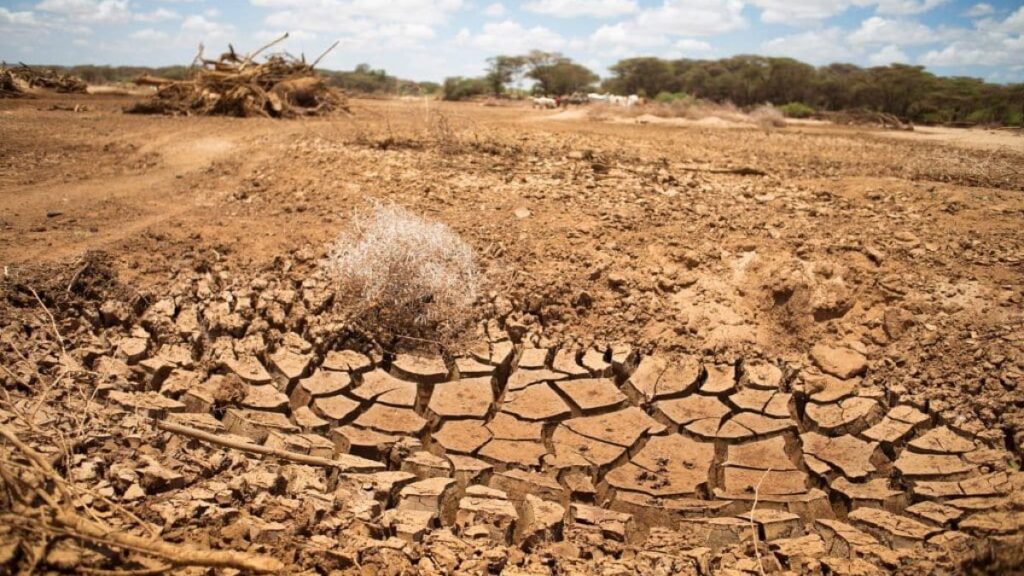Kenya has been ranked among the top 10 African nations most severely affected by drought in 2025, as prolonged dry conditions devastate livelihoods across its arid and semi-arid regions. The persistent lack of rainfall has led to crop failures, water shortages, and livestock deaths, worsening an already critical humanitarian crisis in several counties.
Millions Affected Across Northern and Eastern Kenya
According to recent climate assessments, the hardest-hit regions include Turkana, Marsabit, Wajir, Garissa, and Samburu, where rainfall during the 2024–2025 season fell far below average. Rivers and boreholes have dried up, grazing pastures have withered, and thousands of families are being forced to migrate in search of water and pasture. This internal displacement is placing additional strain on fragile ecosystems and community resources.
Farmers in the Rift Valley and Eastern Kenya have reported severe losses in staple crops such as maize and beans due to erratic rainfall and rising temperatures. In northern Kenya, pastoralist communities are experiencing alarming livestock deaths as water sources disappear and grazing lands degrade, threatening both food supply and livelihoods.
Over 3.5 Million People in Need of Aid
The National Drought Management Authority (NDMA) estimates that more than 3.5 million Kenyans are now in need of food assistance — a number expected to rise if the upcoming short rains fail. Relief agencies, in coordination with county governments, have begun distributing emergency food and water, while local leaders are urging for increased international and government support to prevent further suffering.
Climate Change Deepens the Crisis
Experts attribute the worsening drought to climate change and recurring El Niño–Southern Oscillation (ENSO) events that continue to disrupt East Africa’s rainfall cycles. Meteorologists warn that rising global temperatures are extending dry seasons and threatening Kenya’s long-term agricultural stability.
“We are witnessing the tangible effects of global warming on rural livelihoods,” said one environmental scientist. “Without serious climate adaptation investments, the cycles of drought and displacement will only intensify.”
Ripple Effects on Education and Health
The drought’s consequences extend far beyond agriculture. Schools in drought-stricken regions report declining attendance as children spend hours fetching water, while health centers are overwhelmed by cases of malnutrition and waterborne diseases. Many families are relying on humanitarian aid for survival.
Government and Environmental Response
The Kenyan government has rolled out a multi-agency drought response plan focusing on water trucking, borehole rehabilitation, and the distribution of drought-resistant seeds. However, funding shortages and logistical barriers are slowing implementation. Environmental organizations are urging the government to prioritize climate adaptation strategies, including sustainable irrigation, renewable water harvesting, and rotational grazing practices to strengthen community resilience.
A Call for Regional and Global Action
As Kenya faces one of its harshest dry spells in recent years, the crisis underscores the urgent need for regional cooperation and long-term climate resilience planning. Experts warn that without coordinated mitigation efforts, recurring droughts will continue to threaten food security, health, and economic stability across the Horn of Africa.
The situation serves as a stark reminder that climate change is not a distant threat — it is a current reality demanding immediate and sustained global action.

